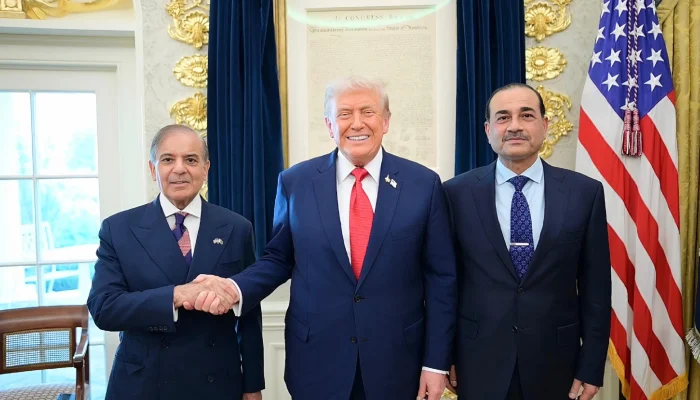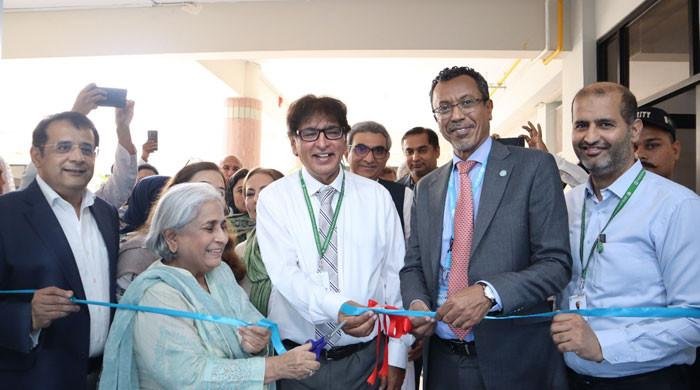In a significant development, the government has initiated a major intervention in the energy sector by engaging a top-tier audit firm to streamline the process of determining updated gas tariffs. This move is part of a broader strategy to curb the skyrocketing circular debt affecting the gas industry and ensure rates align with fiscal sustainability and IMF-mandated reforms.
Rising Circular Debt in the Gas Sector
Pakistan’s gas sector has accumulated a staggering circular debt estimated at Rs 2.8 trillion, out of a combined Rs 5 trillion across power and gas sectors
A significant factor has been the imposition of Late Payment Surcharges amounting to approximately Rs 800 billion .
. Additionally, the diversion of relatively costly LNG supplies into the domestic market has further strained the gas distribution companies, SNGPL and SSGCL, resulting in a shortfall of roughly Rs 1.3 trillion stemming from tariff stagnation between 2013 and 2020 .
Audit Firm Engagement
To develop an actionable roadmap, the Petroleum Division has appointed international audit and consultancy firm KPMG to formulate a Circular Debt Management Plan (CDMP). The objective is twofold: to crystalize the debt structure and design a tariff model acceptable to both domestic stakeholders and international financial institutions, most notably the IMF . The firm’s analysis will guide a differentiated tariff regime, determining which consumer segments—residential, commercial, industrial, or export—will face adjusted gas prices effective July 1.
Regulatory Approval and Tariff Proposals
The Oil and Gas Regulatory Authority (OGRA) has already approved a moderate tariff increase for gas distribution companies. The average prescribed increase is Rs 103.95 per MMBTU for SSGCL and Rs 116.90 per MMBTU for SNGPL. OGRA’s recommendations were submitted to the federal government, which has a 40-day window to issue final official notification
Meanwhile, both SNGPL and SSGCL have requested substantial hikes: SNGPL seeks an average rate of Rs 2,485.72 per MMBTU, while SSGCL demands Rs 4,137.49 per MMBTU—reflecting the steep costs of imported RLNG and operational expansion.
Fiscal Context and IMF Commitments
The government is also under IMF conditionality to recalibrate energy pricing as a part of broader fiscal tightening measures. Starting July 1, the budget will introduce increased rates on petroleum products, electricity, and gas, with planned tariff revisions twice during the next fiscal year—once in July and again in February 2026
These steps aim to trim the fiscal deficit and arrest further expansion of the circular debt.
Consumer and Sector Impacts
If implemented, gas bill increases will affect a broad segment of users:
- Residential consumers will face higher monthly utility payments.
- Small businesses may contend with rising operational costs, squeezing profit margins.
- Manufacturing and export industries may bear higher energy charges, potentially impacting production costs and export competitiveness.
The government’s plan includes a differentiated tariff structure, with considerations for shielding vulnerable consumer categories while targeting more significant adjustments at industrial and export segments .
Circular Debt Reduction Strategy
KPMG’s CDMP is expected to propose a phased reduction plan. Measures are likely to include differential tariffs, restructuring of late-payment surcharges, improved cost recovery mechanisms, and enhanced efficiency measures within gas distribution networks. The aim is to align sector revenue with expenditure and limit future debt accumulation.
Institutional and Governance Reforms
Beyond tariff adjustments, the audit process is anticipated to recommend institutional reforms. These may include better governance practices at SNGPL and SSGCL, enhanced accountability over LNG consumption, and systematic reconciliation of payments. Strengthening billing systems and reducing unaccounted-for gas (UFG) losses are likely focal points.




